Design exercise by Sergio Vila
Put your finger on how millennials look for new job opportunities.

Millenials having fun. I found it making a search in Google. Yes, it's a stereotype. I will explain in this article how we can gain a better understanding of this heterogeneus group by using desk research. Then, I will use that to propose a design solution.
Understanding the goal
First we need to understand why we are building this, what's the problem that we are trying to solve, who are we building it for, and what is their context and needs. Based on that, I can plan what to build to fulfill those needs. After coming up with a solution I'll define how we could measure its success.
Millennials are the portion of the population born after 1980 expected to make up for over a third of the global workforce by 2020. With the retirement age increasing in most countries, they’ll most likely have a longer career.
The employer-employee relationship is changing and there's a big opportunity if we successfully provide companies with an effective way of attracting and inspiring the next generation of workers. We need to help millennials find work that enables their ambitions and prepares them to succeed throughout their career.
Defining the audience
There are so many job search sites online that it's difficult to determine which are the best options. Glassdoor, Indeed, Job is Job, or Google for Jobs are among the most used by millennials. Using a job search engine can save you lots of time, since you do not have to search for jobs on multiple websites. However, there are many job search engines out there and it can be difficult to know which ones are best for you and the application process might be overwhelming.
It's difficult to create a product that can provide more job listings than Google or other products that have been in the market for some time. So, we need to start by understanding better who we will be designing for. This will uncover opportunities that can help us offer them something they can't find in other similar services.
Most companies have a stereotyped view of Millenials. We can't design based on stereotypes. That's why it's very important to first understand who we are designing this product for and what are their needs | Video by And / Or Studio.
Millennials looking for a job are most likely:
- 18 to 36 years old.
- Racial and ethnic diverse.
- Low and median income.
- Highly educated.
We can divide the product's audience into two main groups:
- Recent college grads.
- People with previous professional experience.
Both have similar motivations, but slightly different needs. More guidance is needed for recent college grads and more efficiency is needed for people who have professional experience.
Understanding the user context
We are going to connect with our users (millennials) at almost every step of their job seeking process. At each step they could feel differently — excited to find a great place to work, happy that they made it to an interview, annoyed that they are not receiving feedback for a position they applied. We could reach out to them differently at each of these steps to cheer them up or to celebrate when needed, thereby providing a human touch by adapting the tone of voice.
Millennials, as the first generation to come of age on the internet, spend most of their time online and they do it in various places — at home, in coffee shops, co-working spaces, airports, etc. They can now communicate with people around the globe effortlessly and that helps them to be more informed. I assume they would appreciate the flexibility of being able to manage the job search process on the go from their smartphone as well. Although this is out of scope for this exercise, it's something that would be worth exploring.
Understanding the user needs
The main need we're trying to address with our product is to enable companies to attract and retain talent by providing millenials the means to be in control of their careers. I believe the most important question we should be able to answer before jumping into the solution is what millenials look for.
Growth: according to a recent report from Glassdoor, 60% of millennials consider the most attractive perk to be growth opportunities. Most of them even pay from their own pocket to improve their skills.
Balance: work-life balance is important for the 95% of respondents according to PWC's “Millennials at work” report. It's also important to take into account that, thanks to the Internet, it’s easier than ever for millennials to pick organizations that align closer with their values.
Flexibility: millennials desire a flexible schedule and remote working options. They appreciate a company that makes it possible to work anywhere, which is a sign that the company respects their work-life balance.
Benefits: millennials consider that they are giving a great deal of their lives to a company, so they expect employer benefits that are aligned with their needs and match their values.
Culture: most millennials may not be able to quit working until age 75. Work culture offers an immediate benefit in real time and makes working a more positive experience all around, rather than an obligation that must be endured until it’s finally time to retire.
Some ideas
There are many different ways in which we can formulate possible product solutions. The most common ones are written descriptions of how users will perform tasks (use cases) and solutions with a prediction (hypotheses). In this case I've followed a less formal approach with a list of ideas that may fix some or most of the needs uncovered in the previous step.
Demonstrate how companies can lead to career enhancement
We could show examples of other people who have progressed through training at companies to appeal to the millennial aspiration of being more employable over the long-term.
Connect job seekers with mentors
Finding someone to give advice and guidance is invaluable and can make a difference in the process of finding a job that is fulfilling and exciting. We could make it easier for job seekers to request help from someone they admire to mentor them.
Encourage people to search for jobs even before graduating
Finding a job can be easier if college graduates are prepared for the job market they are heading into. We could encourage millennials to begin their research before graduating or even before the search for a college begins by pointing them towards places where more jobs are available.
Be transparent with salary and benefits
63% of millennials shared their salaries with a family member, 48% have shared with friends, and 30% have shared with co-workers (source: Ladders). For millenials, transparency is important and they are less loyal to companies that don't share those values.
Highlight what's the job about
There’s likely a way to get paid to do just what you like no matter if it's doing creative work from home or designing video games. Millennials know that and they are more attracted to jobs that match their aspirations. We could appeal to them by being more specific about what the job entails and not that much on job titles and categories.
Offer real and relevant job offers directly from companies
60% of millennials search jobs through company websites (source: Monster). We could curate offers that are already available in the careers sites from companies and industries that have a better ranking amongst millennials.
Be transparent and promote the company's reputation
Highly engaged employees are proud to belong to the organizations they work for. When perceptions of employer reputation decreases, a similar decrease in engagement spreads. This is important in the case of millenials as they are not that much concerned about money but about working in companies that are aligned with their values.
Solution
I will design the home page, which I believe has two main goals:
- Informational: provide an overview of jobs and companies available.
- Navigational: provide quick access to the app's main areas and actions.
I believe the informational goal could be achieved by fullfilling the needs discovered earlier:
- Focus on job descriptions and not job titles and categories.
- Be transparent with salaries and benefits.
- Connect job seekers and mentors.
- Encourage millennials to search for jobs before graduating.
- Offer relevant jobs by showing curated offers.
- Promote companies reputation by showing a company score index.
I would build a home page that has a dedicated content section for each of these aspects: natural language search and categories for fresh starters, mentorship, tag-based job offers (with visible salary and benefits), company fostered growth, a section dedicated to remote working, and some inspiring user cases to help users with their career progression.
Images from Unsplash by Austin Distel, Leon, Raoul Ortega, Hannah Olinger, Annie Spratt, Christina@wocintechchat.com, Annie Spratt, and Helena Lopes. Office images from Spotify, Booking, Airbnb, Free now, Über, Facebook, Rackspace, Redox, and Rosetta Stone.
Measuring sucess
New features aren't perfect, and that's why the moment in which you start learning is the moment in which you ship the product and people start using it. Making the right questions is key to get insights you can act upon and know where to take the product next or what to improve. To measure the success of this interface and its future iterations, I'd track:
- How well does the default screen attract attention.
- Actions users take that tell us if they intend to use a feature.
- Average number of actions taken per session.
- NPS (Net Promoter Score).

